How To Clean Old Pocket Knives
- January 29, 2024
- 0 comment
Old pocket knives aren’t just tools; they’re often cherished heirlooms with stories and memories attached. Proper maintenance not only preserves these stories but also ensures the longevity and functionality of the knives. This guide will walk you through the essentials of cleaning old pocket knives, helping you keep them in pristine condition.
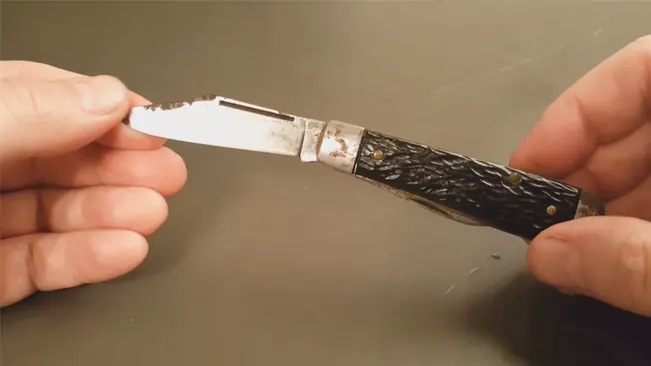
Understanding Your Old Pocket Knife
Pocket knives come in various types, each with its unique charm. From classic slip joints to modern lockbacks, understanding your knife type is crucial. The material – be it carbon steel, stainless steel, wood, or bone – dictates the care approach. This knowledge is fundamental in preserving the integrity and aesthetics of your knife.
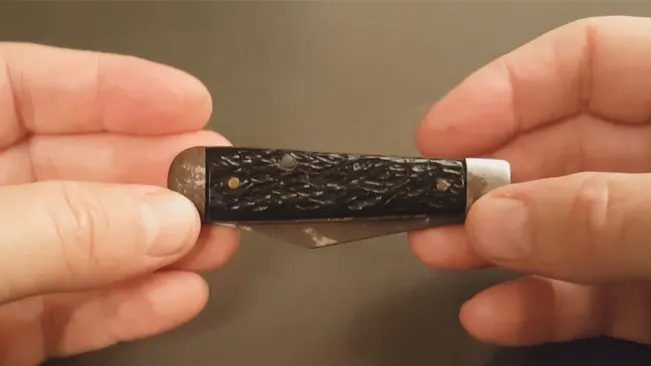
Preparation for Cleaning
Before diving into the cleaning process, it’s important to gather all the necessary tools and prepare your workspace. This step is crucial in ensuring a smooth and effective cleaning process. Here’s what you need to do:
Gathering Your Tools
- You’ll need a soft, lint-free cloth. Microfiber cloths are ideal as they are gentle on metal and handle materials and won’t scratch surfaces.
- Choose a mild, non-abrasive soap. A dish soap with grease-cutting properties can work well, but ensure it’s diluted appropriately to avoid harsh chemical exposure to the knife.
- Mineral oil is a great choice for cleaning old pocket knives. It’s safe for most materials, including metals and wooden handles. It helps in lubricating moving parts and protecting the blade from rust.
- A toothbrush with soft bristles is essential for reaching tight spaces and gently scrubbing away grime. It’s particularly useful for cleaning around the pivot point and in any crevices.

Setting Up Your Workspace
- Choose a clean, clutter-free surface in a well-lit area. Good lighting is essential to spot dirt and rust spots that need attention.
- Place a mat or a piece of cloth on your work surface. This helps protect the surface from scratches and also makes cleaning up easier.
- Arrange your tools within easy reach. Having everything at hand streamlines the process and reduces the risk of leaving your knife soaked or exposed for too long.
- Ensure your workspace is well-ventilated, especially if you’re using any solvents or oils that could emit fumes.
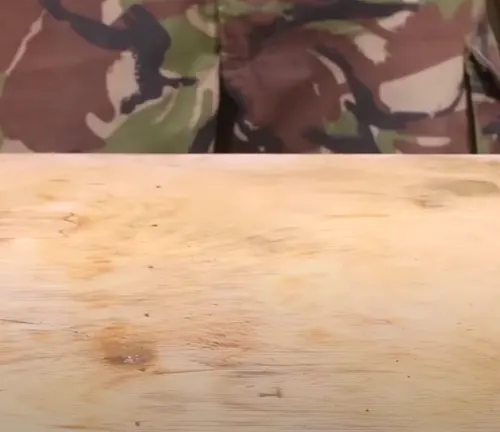
Safety Precautions
- Always handle the knife with care to prevent accidents. Ensure the blade is folded or covered when not actively cleaning it.
- If you have sensitive skin or if the knife is particularly dirty or rusty, consider wearing gloves to protect your hands.
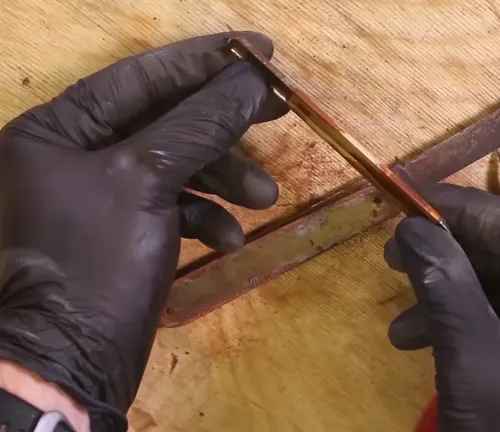
Mental Preparation
- Patience is Key: Cleaning an old pocket knife, especially if it’s intricately designed or heavily soiled, requires patience. Rushing through the process can lead to mistakes or damage.
- Be prepared to pay close attention to small details, particularly when dealing with intricate designs or delicate materials.
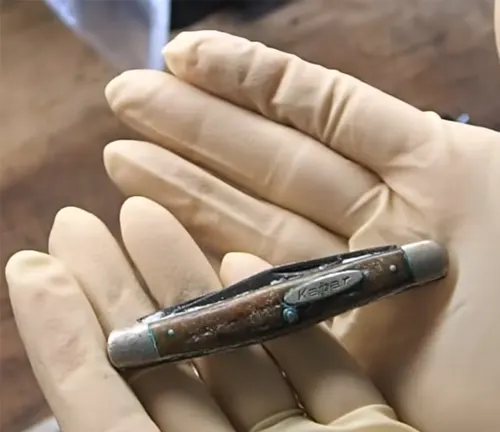
By meticulously preparing your tools and workspace, you set the stage for an effective and safe cleaning process. This attention to detail will reflect in the quality of your knife’s maintenance, ensuring it remains a cherished tool for many more years.
Step-by-Step Cleaning Process for Old Pocket Knives
Cleaning an old pocket knife requires a careful approach to preserve its integrity while restoring its functionality. Here’s a detailed step-by-step guide:
Initial Wiping
- Objective: The goal here is to remove loose dirt, dust, and grime from the blade and handle.
- Method: Using a soft cloth, gently wipe down the entire knife. Pay special attention to the crevices and the area around the pivot point where dirt tends to accumulate.
- Tip: If the knife is particularly dirty, you can slightly dampen the cloth with water. Be cautious not to let any water seep into the internal mechanism.

Washing
- Objective: This step involves a more thorough cleaning, targeting stubborn dirt and grease.
- Method: Dampen a cloth with water mixed with a mild soap. Gently wipe the blade and handle. If there are hard-to-reach areas, use the soft-bristle toothbrush to gently scrub these spots.
- Caution: Avoid immersing the knife in water, especially if it has natural material handles like wood or bone, as this can cause swelling, warping, or cracking.

Drying
- Objective: Remove all moisture to prevent rust and corrosion.
- Method: After washing, immediately dry the knife with a clean, dry cloth. Ensure no moisture remains, especially in the joints and pivot area.
- Tip: You can use a hairdryer on a cool setting to help dry hard-to-reach areas. However, be gentle and maintain a safe distance to avoid heat damage
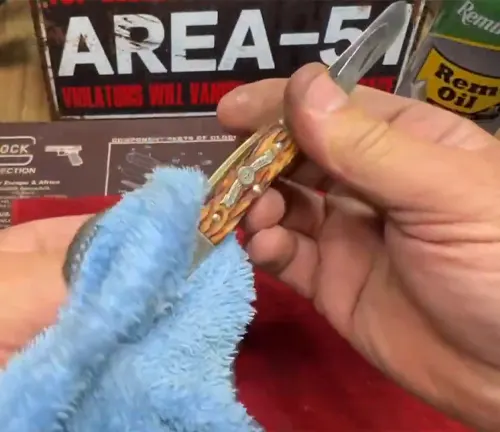
Dealing with Rust and Patina
- Objective: Address rust without damaging the knife’s patina, which can add character and value.
- Method: If rust is present, apply a rust remover suitable for the type of metal. Use it sparingly and follow the product instructions carefully.
- Patina Consideration: Evaluate the patina before attempting to remove it. In many cases, a patina is a desirable feature, adding to the knife’s character and history.
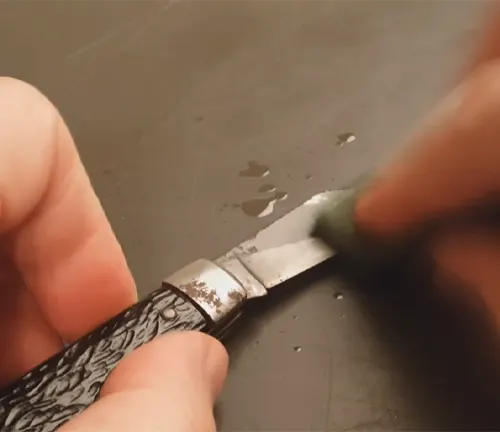
Lubricating the Knife
- Objective: Lubrication helps in the smooth operation of the knife and protects against rust.
- Method: Apply a few drops of mineral oil to the blade, paying special attention to the pivot area and any moving parts.
- Tip: After applying the oil, open and close the blade several times to ensure the oil is evenly distributed. Wipe away any excess oil to prevent attracting dirt.
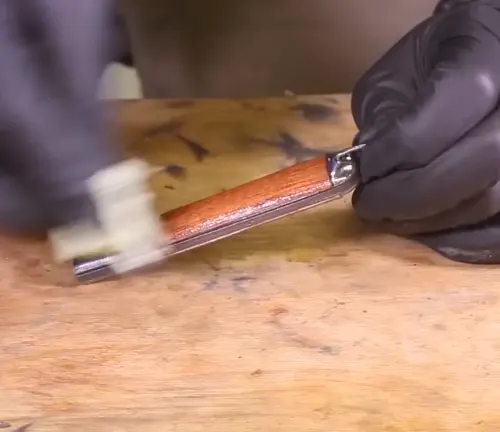
This step-by-step process is designed to be both thorough and gentle, ensuring that your old pocket knife is not only clean but also preserved. Regular cleaning following these steps will help maintain the knife’s functionality and appearance, honoring its history while preparing it for continued use.
Caring for Specific Materials
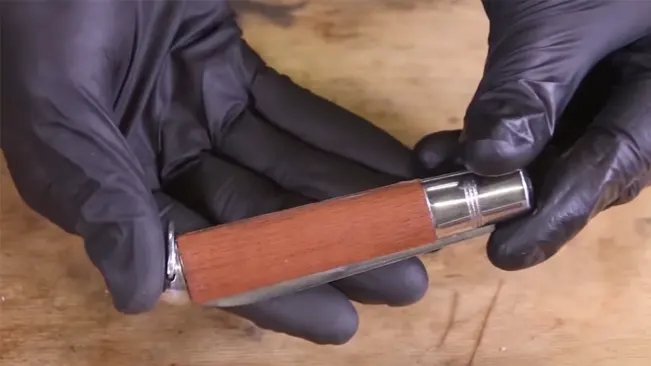
Each material requires a specific approach. For wooden handles, avoid excessive water. Bone handles require gentle cleaning and occasional oiling to prevent drying out. Blade material also dictates the cleaning method; for instance, carbon steel needs more rigorous rust prevention compared to stainless steel.
Maintenance Tips

Maintaining an old pocket knife is not just about cleaning; it’s about preserving its function and form over time. Here are detailed maintenance tips:
Routine Wiping
- Importance: Regular wiping prevents the accumulation of dirt and moisture, which can lead to corrosion.
- How to Do It: After every use, wipe the blade and handle with a soft, dry cloth. Ensure you remove any residue, fingerprints, or moisture.
- Extra Care: If you’ve used the knife on something potentially corrosive (like acidic foods or salty substances), a quick rinse and then a wipe-down is advisable.
Proper Storage
- Ideal Conditions: Store your knife in a dry environment. Excessive humidity can promote rust, especially for carbon steel blades.
- Storage Tips: Use a knife pouch, roll, or a box with soft lining to prevent scratches. Avoid storing knives in leather sheaths for long periods, as leather can attract moisture and cause corrosion.
- Climate Control: In very humid environments, consider using silica gel packets or a dehumidifier in the storage area.
Regular Inspection
- What to Look For: Regularly check for signs of wear, such as loose screws, a wobbly blade, dull edge, or rust spots.
- Handle Care: Pay attention to the condition of the handle. Materials like wood or bone can crack or warp over time, so look for any signs of damage.
Blade Sharpening
- Frequency: Sharpen the blade as needed. The frequency depends on how often the knife is used and what it’s used for.
- Method: Use a whetstone or a professional sharpening service. Avoid overly aggressive sharpening methods that can remove too much material or alter the blade’s shape.
Lubrication
- Regular Lubrication: Periodically lubricate the blade and any moving parts, especially after cleaning.
- Right Product: Use an appropriate oil like mineral oil. Avoid heavy or greasy oils that can attract dirt and lint.
Avoid Misuse
- Usage Guidelines: Use the knife for its intended purposes only. Avoid using it as a screwdriver, pry bar, or hammer, as such misuse can damage the blade or handle.
Mind the Pivot
- Pivot Maintenance: The pivot point is crucial for smooth operation. Keep it clean and lubricated. If there’s any stiffness or squeaking, a drop of lubricant can help.
Attend to Issues Promptly
- Proactive Care: If you notice any problems, like a loose blade or rust spots, address them immediately. Delay can lead to more extensive damage and might even render the knife unsafe to use.
Common Mistakes to Avoid
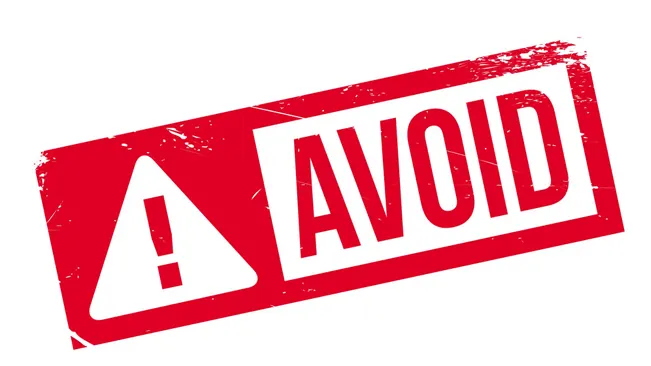
In caring for old pocket knives, it’s essential to avoid aggressive cleaning methods and harsh chemicals that can damage the knife’s materials. Gentle wiping, mild soap for washing, and sparing use of mineral oil for lubrication are recommended. Over-oiling should be avoided as it attracts dirt and can lead to build-up. Sharpening should be done correctly to maintain the blade’s integrity, and rust should be treated immediately to prevent further damage. It’s also important to use the knife for its intended purposes only and avoid using it as a tool for prying or screwing, as this can cause damage. Regular checks for loose components and overall condition will ensure the longevity and functionality of the knife.
Conclusion
The practice of cleaning and maintaining old pocket knives is both a rewarding and significant task. It goes beyond mere preservation, embodying a deep respect for the history and craftsmanship inherent in these tools. Regular and careful maintenance ensures that these knives not only stay in excellent condition but also retain their aesthetic appeal and functional value. This process, which involves gentle cleaning, proper lubrication, and mindful storage, is more than just upkeep; it’s an expression of the caretaker’s connection to the knife’s story and legacy. By adhering to these practices, one not only enjoys the benefits of a well-maintained tool but also contributes to the knife’s enduring legacy, allowing it to be passed down through generations in its best form. In essence, maintaining old pocket knives is a fulfilling journey that honors their historical and practical significance in our lives.
Frequently Asked Questions (FAQS)
- What is the best way to remove rust from an old pocket knife?
To remove rust, use a mild rust remover suitable for the knife’s metal. Apply it carefully according to the product’s instructions, using a soft cloth or a gentle brush. For light rust, a mixture of baking soda and water can be used, applying it gently with a toothbrush. - Can I use water to clean an old pocket knife?
Yes, you can use water with mild soap for cleaning, but ensure the knife is thoroughly dried afterward to prevent rust. Avoid submerging knives with wooden or bone handles to prevent damage. - How do I lubricate my old pocket knife after cleaning?
After cleaning and drying, apply a few drops of mineral oil to the blade and moving parts. Work the oil in by opening and closing the knife several times, then wipe off any excess. - What should I do if the knife’s blade is stained or has a patina?
Evaluate the patina first; many collectors value a natural patina on old knives. If you decide to remove stains, use a gentle metal polish and a soft cloth, applying minimal pressure to avoid scratching the blade. - How often should I clean my old pocket knife?
Regular cleaning is recommended after each use, especially if the knife has come into contact with acidic substances or moisture. A thorough cleaning and oiling are advised at least once a year or as needed based on the knife’s condition and usage. - Is it safe to use vinegar for cleaning old pocket knives?
Vinegar can be effective for rust removal but use it cautiously. Its acidic nature might damage certain metals or handle materials. Always dilute vinegar with water and rinse the knife thoroughly afterward. - What’s the best way to clean the handle of an old pocket knife, especially if it’s made of wood or bone?
For wooden handles, use a damp cloth with mild soap, avoiding excess water. For bone handles, a dry cloth or a cloth slightly dampened with mineral oil is best. Avoid soaking these materials. - How can I ensure I don’t damage my old pocket knife during cleaning?
Use gentle, non-abrasive tools like soft cloths and toothbrushes, and avoid harsh chemicals. Work slowly and carefully, paying close attention to delicate areas like the pivot point. - What should I do if my old pocket knife has loose parts or components after cleaning?
Tighten any screws or fasteners if possible. If the knife remains loose or malfunctioning, consult a professional knife repair service, especially for valuable or heirloom pieces. - Can I use a dishwasher to clean my old pocket knife?
It’s not recommended to use a dishwasher for cleaning old pocket knives. The high heat and harsh detergents can damage the blade and handle materials, and water can seep into areas that are difficult to dry, leading to rust.

Kerith Simon
As an expert with over ten years of dedicated experience in knife defense, my professional journey is anchored in a profound commitment to the safety and empowerment of individuals through specialized education. My expertise is not only grounded in practical self-defense techniques but also extends to a scholarly understanding of knife functionality, which I have meticulously documented in my authoritative series, This work stands as a testament to my deep engagement with the subject, offering readers critical insights into the nuances of knife selection and usage across various contexts. My approach to teaching and content creation is informed by a rigorous methodology and a continuous pursuit of knowledge, ensuring that the strategies and insights I provide are both effective and scientifically sound. Through a combination of hands-on workshops, comprehensive seminars, and well-researched publications, I strive to elevate the standard of knife defense education, making it accessible and reliable for those seeking to enhance their security and proficiency in this essential skill.

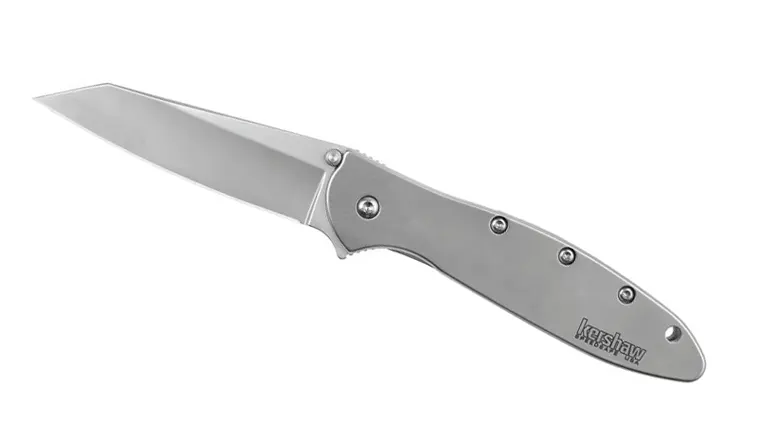
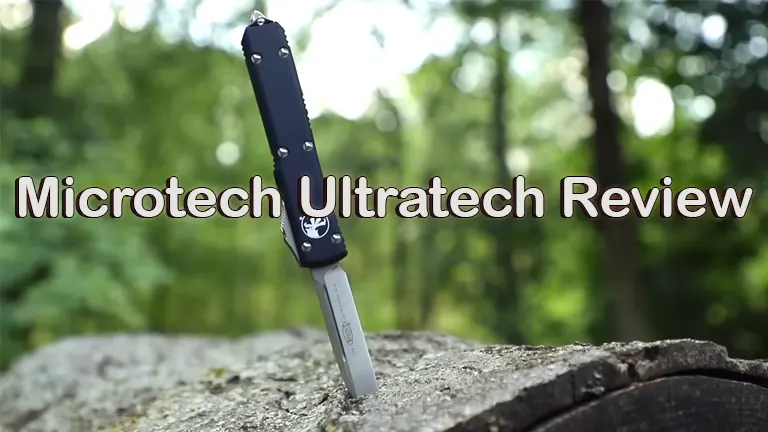
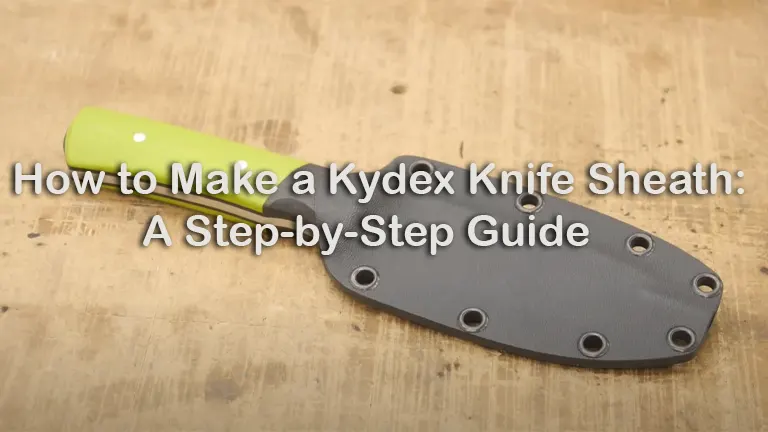
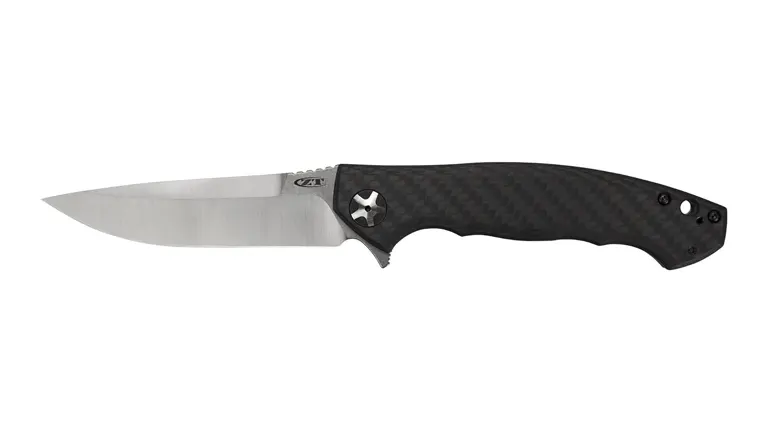
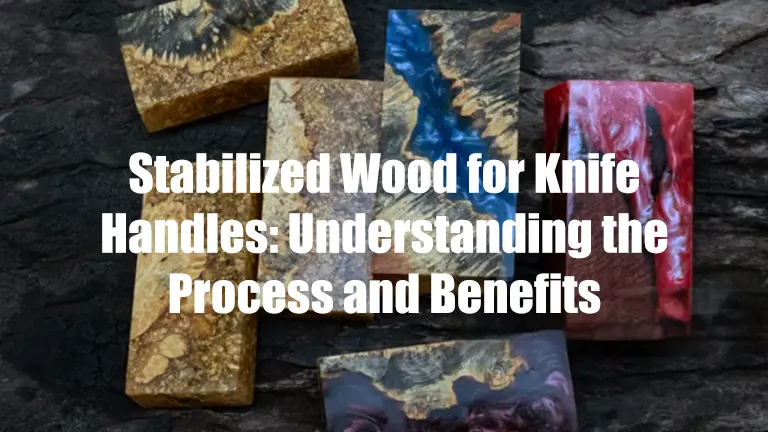

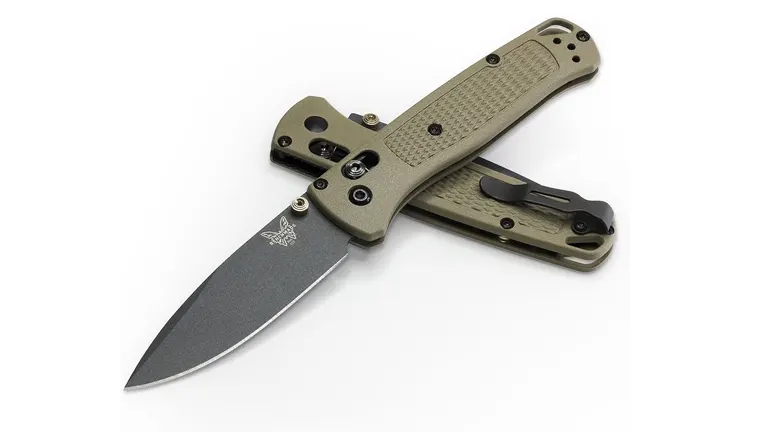
Leave your comment